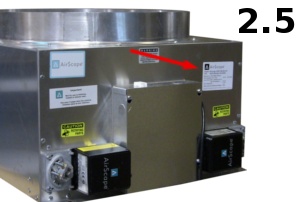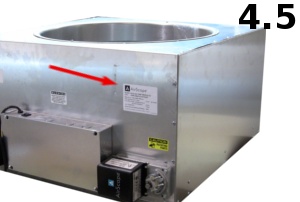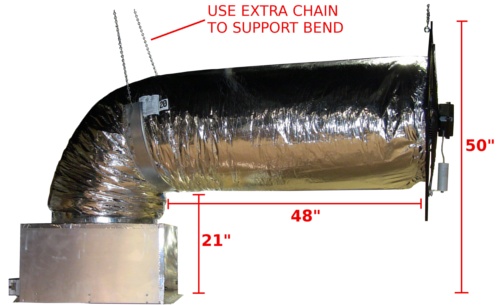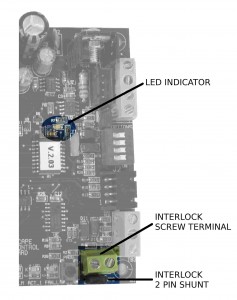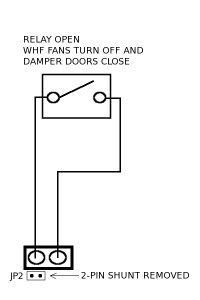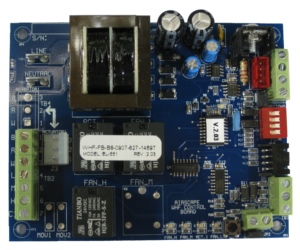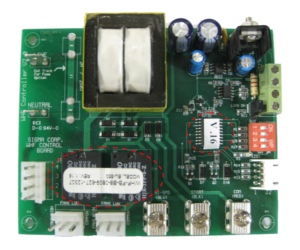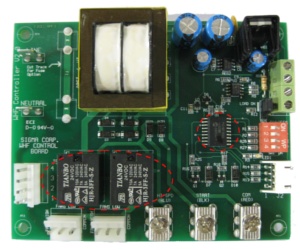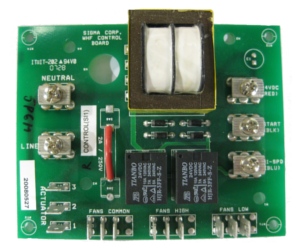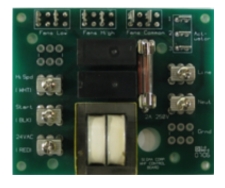At long last! Southern California Edison, the only remaining utility company still needing to update their rebate list to include our 2.5 and 4.5 models, has finally done so. Good grief, it took them long enough! For over 6 months now I have been making at least one, but usually more, pleading calls a week to their rebate center and rebate program manager. I’ve sent more 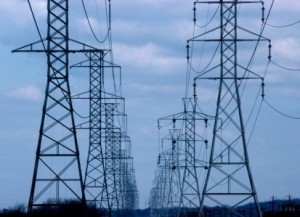 than a dozen emails to them. I’ve begged anyone over there who would listen to look at the California Energy Commission appliance database and the PG&E website for the required documentation, which are the only requirements listed for SCE to list a new product model.
than a dozen emails to them. I’ve begged anyone over there who would listen to look at the California Energy Commission appliance database and the PG&E website for the required documentation, which are the only requirements listed for SCE to list a new product model.
It wasn’t the rejection that bothered me the most, although 6 months with no response is disheartening to say the least. What bothered me most was when customers would call us, frustrated at receiving a rejection to their rebate application, who had been told by the SCE rebate center that their list was absolutely up to date with no pending items. No pending items? What do they call over half a year’s worth of unanswered voicemail messages and emails then?
Well, all my bitterness aside, I am happy to announce that the long wait is over. Every model whole house fan that AirScape manufacturers is now listed on the SCE’s list of qualifying products. SCE qualifying product list
For a list of the other utility companies that offer rebates on our fans, see our rebate page. AirScape rebates



